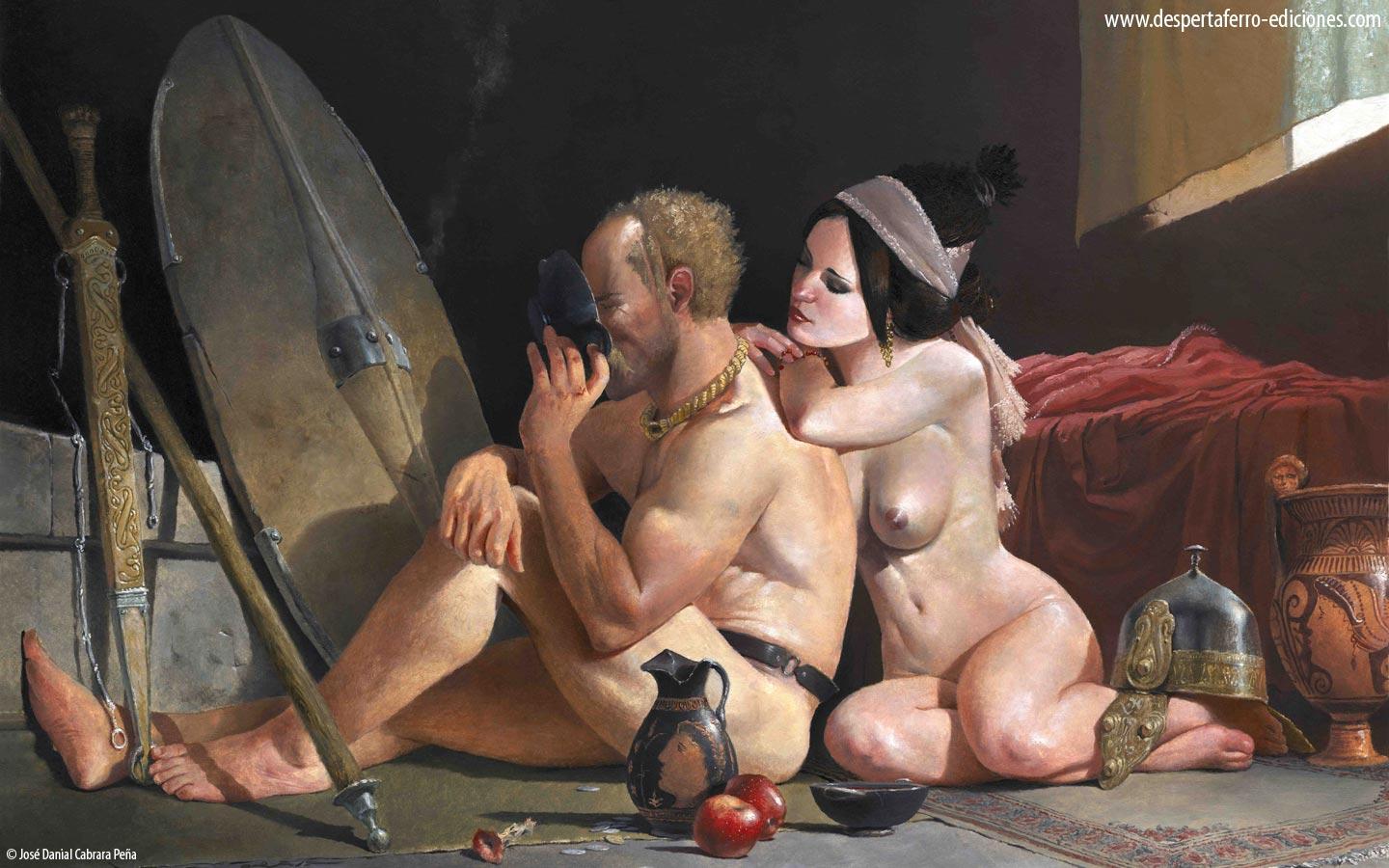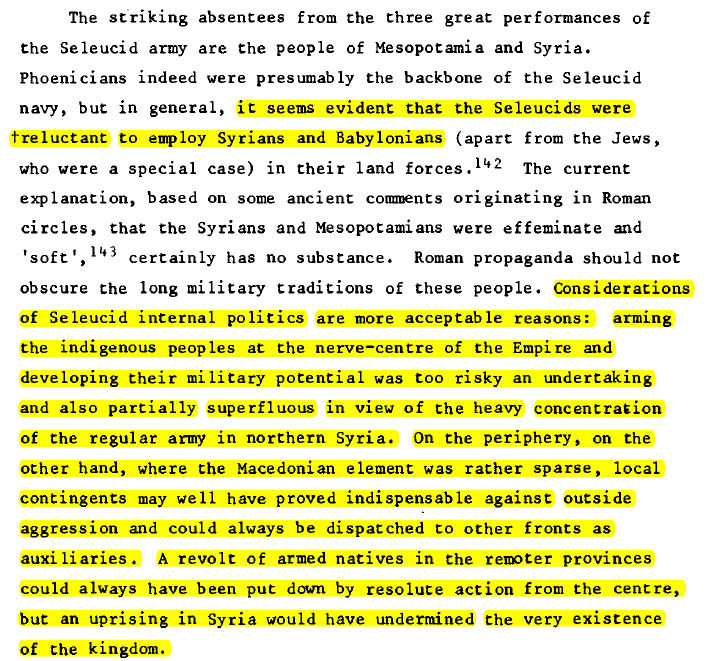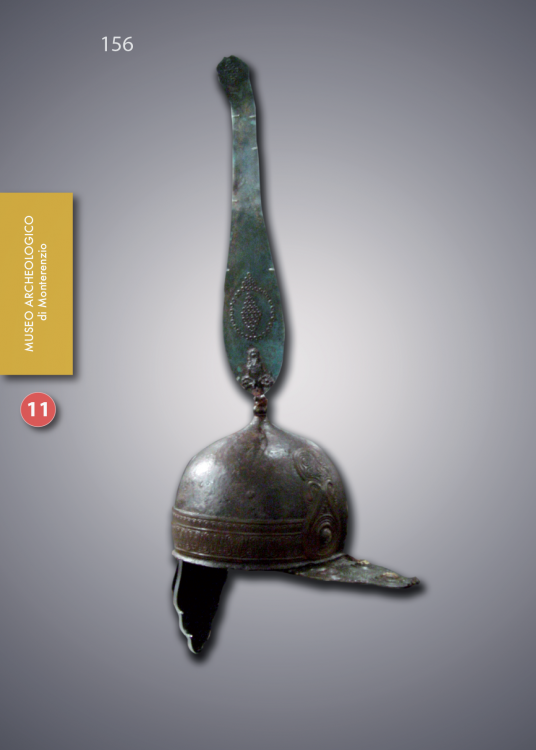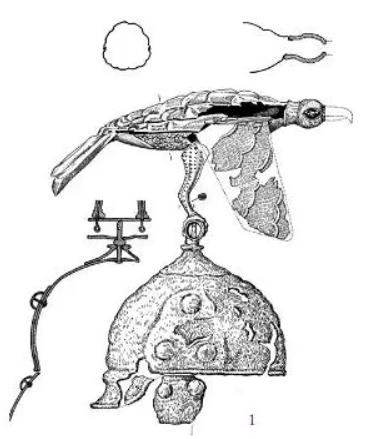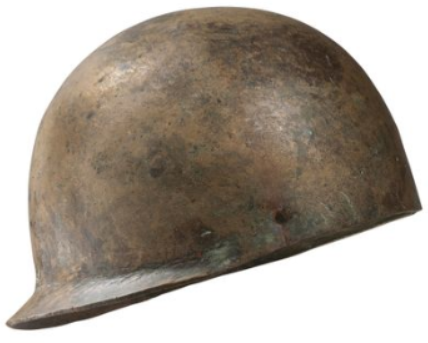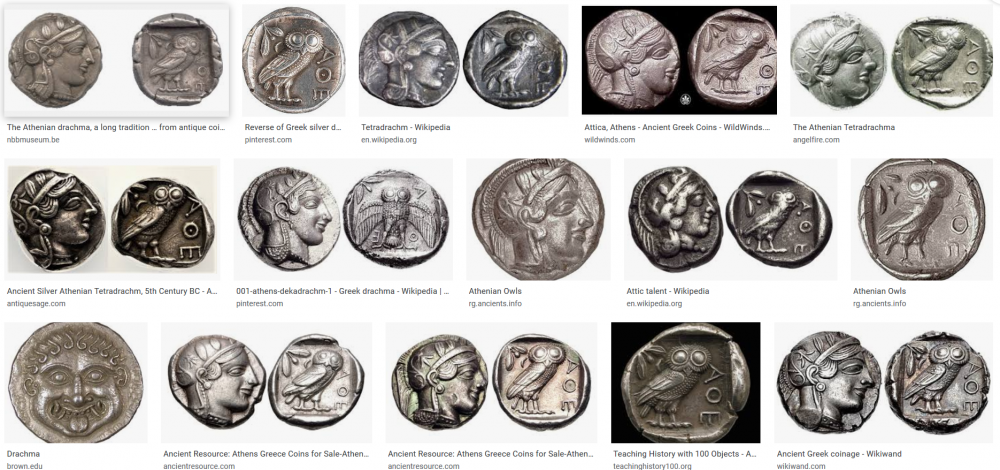-
Posts
2.379 -
Joined
-
Last visited
-
Days Won
80
Everything posted by Genava55
-
@m7600 Don't take personally the previous messages from Lion.Kanzen. English is not his mother tongue, he didn't express well his intents. He wasn't trying to be rude.
-
.thumb.jpg.b21ca1d0c15fb56b42c39b25a0a40815.jpg)
Civ: Germans (Cimbri, Suebians, Goths)
Genava55 replied to wowgetoffyourcellphone's topic in Delenda Est
There is also evidence in Tacitus account for pastoralist nomadism in their societies. -
@Nescio do you know the Adoulis inscription? Another question, in this article the author wrote: "Notice the absence of the turret, which could only be used on Asian elephants (Elephas maximus)." Do you think it is correct? https://www.mdpi.com/2076-0752/8/4/160/htm Edit: with the terracotta found in Pompei from your excerpt of Bar-Kochva's book, I am not sure it is correct. That makes sense. It is the case with ancient horse as well. Iron age horses were smaller than medieval and modern ones but were actually belonging to the same species and are not related to Przewalski's horse or to Exmoor ponies.
-
Elephant Size in Antiquity - DNA Evidence and the Battle of Raphia http://www.steiner-verlag.de/fileadmin/Dateien/Steiner/Zeitschriften_Historia/Historia_2016_1_53-65_Charles.pdf To give an idea of the actual size of an Indian elephant:
-
.thumb.jpg.b21ca1d0c15fb56b42c39b25a0a40815.jpg)
Civ: Imperial Romans (Principates)
Genava55 replied to wowgetoffyourcellphone's topic in Delenda Est
Well I agree in general with your suggestion but isn't it already the idea? 0 A.D. Empires Ascendant to be the base game and expansions to add new civ from 1 to 500 AD? The day 0 A.D. reaches the beta phase it would be an interesting topic and debate but until then... it is pointless. -
In Bar-Kochva (1976) on the Seleucid Army: So it seems that Persian archers and Neo-Cretan archers are the most credible possibilities.
-
I remember this thread on twcenter: http://www.twcenter.net/forums/showthread.php?778511-Syrian-Archers-and-Europa-Barbarorum-2 Edit: in EB2 the Seleucids can recruit them https://europabarbarorum.fandom.com/wiki/Kamandar_i_Pars_(Persian_Archers) https://europabarbarorum.fandom.com/wiki/Kamandar_i_Pahlav_(Parthian_Foot_Archers) https://europabarbarorum.fandom.com/wiki/Aryanag_Payadag_(Eastern_Iranian_Archer-Spearmen) https://europabarbarorum.fandom.com/wiki/Eranag_Payadag_(Western_Iranian_Archer-Spearmen) https://europabarbarorum.fandom.com/wiki/Thanvabara_Katpatuka_(Anatolian_Archers)
-
Mmm I wonder if the Illyrian helmet is the best choice for a Syrian archer in the Seleucid army.
-
For French speaking people, a channel with several conferences about the La Tène and Hallstatt iron ages: https://www.youtube.com/channel/UCp-zXMnTNdK9A1X784NdV8A/featured?fbclid=IwAR2ykLqCg6at9WHO0iMc43b6ZPpwx-tC0DB67r7gsHeYT5HcdAxznKOhov8
- 264 replies
-
- 1
-

-
- britons
- east celtic
-
(and 2 more)
Tagged with:
-
There are several statues of this kind in Southern Gaul, close to the Mediterranean Sea. This is due to the influence of the Iberians and of the Etruscans, maybe because of the Elisyces described by Herodotus. However, they cannot be more recent than the 5th century BC, after that the La Tène culture overwhelm the region. They could be incorporated as mercenaries or regional units but that's all. This is not really Gallic, their Celtic character is not sure, this is why I don't rely a lot on the material found in Entremont and Roquepertuse that much. Those are local particularities. https://musee-fenaille.rodezagglo.fr/wp-content/uploads/2017/02/dossier-de-presse-celtes-final-web.pdf
- 264 replies
-
- 2
-

-
- britons
- east celtic
-
(and 2 more)
Tagged with:
-
.thumb.jpg.b21ca1d0c15fb56b42c39b25a0a40815.jpg)
===[COMMITTED]=== Celtic Unit Helmets
Genava55 replied to Alexandermb's topic in Completed Art Tasks
-
.thumb.jpg.b21ca1d0c15fb56b42c39b25a0a40815.jpg)
===[COMMITTED]=== Celtic Unit Helmets
Genava55 replied to Alexandermb's topic in Completed Art Tasks
I have a few ideas to include Celtic cavalrymen from the Balkans as mercenaries, based on material found in Slovenia, Croatia and Serbia. However for the moment I am waiting for the release of A24. Also I still want to upgrade the two Celtic factions to make them more interesting, more diverse and more accurate. But currently I am waiting to see how the players will react with A24 changes and I am waiting if borg and the others will continue their balancing work. Actually it was the case already during the 4th and 3rd century BC. With the helmet from Amfreville (bronze basis with iron, bronze, enamel and gold addition), the helmet from Canosa (iron basis with coral and bronze in addition), the helmet from Tronoën (iron basis with bronze and coral in addition) and the two helmets found in two different tombs from Monte Bibele (both iron basis with bronze in addition). The same for one of the 10 helmets found in Tintignac, probably dated to the first half of the 2nd century BC, a helmet with a iron basis and with bronze sheets in addition. Yes. It could work for the Lugii. Although it doesn't concern this thread. -
.thumb.jpg.b21ca1d0c15fb56b42c39b25a0a40815.jpg)
===[COMMITTED]=== Celtic Unit Helmets
Genava55 replied to Alexandermb's topic in Completed Art Tasks
The last one is from River Sava in Croatia*, territory under the control of the Taurisci or of the Scordisci. The other one is from Russia, it is not the first time that La Tène items are found in the North Pontic. The design of the heads is similar to the Gundestrup cauldron and it is probably an import. So it looks like Celtic but anyway we know that other cultures used those protective gears as well. The Dacians notably. The helmet of Siemiechow in Poland is also an indication that the Lugii/Vandals used this kind of helmet as well. *https://www.researchgate.net/publication/27212568_The_late_La_Tene_bronze_helmet_from_the_Sava_at_Stara_Gradiska -
.thumb.jpg.b21ca1d0c15fb56b42c39b25a0a40815.jpg)
===[COMMITTED]=== Celtic Unit Helmets
Genava55 replied to Alexandermb's topic in Completed Art Tasks
https://www.facebook.com/Maziars.workshop/ -
Ah yes a typo, sorry. About the Eastern Montefortino, it is mostly in use in the Eastern regions but actually there is one found in Southern France at Tintignac, so I wouldn't be to strict on this. However I think the common Celtic Montefortino found in Italy would be more widespread in Carthaginian mercs. This is the type found among Northern Iberians as well.
-
I didn't say anything about the Ciumesti helmet. The Ciumesti helmet, outside of its fancy bird, has the same typology than the Eastern variants illustrated in my previous message: Although it is probably not suited for infantrymen. Finally this burial from Ciumesti is dated for La Tène C1 by Aurel Rustoiu, which put it straight to the second half of the 3rd century BC not the 4th. So it could fit for a Galatian noble. Originally, there are two types of helmet with this round shape, the bronze cap without cheekguards you are describing: The Coolus which is slightly lighter: The Mannheim which is slightly heavier: Both are attested for the 1st century BC. There was some debate about the origins of these helmets because they have been found in both Roman and Celtic contexts. Now the typology is mostly viewed as one, the Coolus-Mannheim, to differentiate it from the later Coolus helmets in use in the imperial legions. Recently a Coolus helmet has been found in Switzerland and clearly confirms that this kind of helmet is known in native Celtic context up to 120 BC. Recently it has been suggested that the Mannheim variant was something popularized by the Romans during the Gallic Wars (and probably already slightly before). A hypothesis suggests that Julius Caesar ordered these kinds of helmet from Gallia narbonensis and Gallia Cisalpina where the oldest heavier Mannheim helmets are found. This picture is not that bad but it has a few issues. First of all, the way the helmets are presented is not suited for this kind of overview. The Celtic montefortino are in use from 400 to 150 BC approx. with a few evolution but not that much. Finally the Coolus cap is suggested to start around 200 BC, probably from the work of H.Russell-Robinson. However, this is a mistake from this author based on findings from Italy with little description (black market, 19th century archeology, private collection). He simply assumed from their shape and their technology that it could fit around the end of the 3rd century BC but recently this has been questioned especially by French and German archaeologists. The oldest reliable account is 120 BC in Switzerland.
-
[11] Thracas quoque rumpiae, ingentis et ipsae longitudinis, inter obiectos undique ramos impediebant.
-
The Galatians could be entirely naked in basic as well, since they are sometimes depicted like this in terracotta. I would disagree with the Berru helmet since it is something found during the 5th century and the first half of the 4th century, while the Galatian migration started really in the beginning of the 3rd century. Probably that the most common Celtic helmets would have been the Eastern variant of the Celtic Montefortino series: Finally it is also possible that Galatian elites used more Hellenistic equipment: https://battleshields.tumblr.com/post/12433075574/galatian-shields-these-galatian-warriors-are http://profesorjuliodapenalosada.blogspot.com/2015/12/le-soldat-lagide.html The Boé, Port, Ciumesti and Coolus helmets are interesting but they are in use after the fall of Carthage (149 BC). I think that it is possible to simply use different Celtic montefortino helmets, from simpler version to more decorated ones.
-
I am not sure about the Seleucids, if there is anything to back up this unit in their roster.
-
I would say yes. https://www.greece-is.com/symbol-athenas-feathered-friend/ Athenian drachma on google image:
-
It is not impossible that something similar existed among Celts, decorated metallic plaques have been found. Although their real use is still unknown, the hypothesis of decorated items for body armors has been proposed. So it is plausible that northern Germanic population could have used them. The whole history of the Cimbri migration is a complex topic. By the way thank you to propose and to research stuff for the Suebians. I appreciate, I am currently busy and I don't have the time to do it.
-
https://aberdoveylondoner.com/2018/09/20/the-tal-y-llyn-iron-age-hoard/
-
.thumb.jpg.b21ca1d0c15fb56b42c39b25a0a40815.jpg)
Others RTS - Discuss / Analysis
Genava55 replied to Lion.Kanzen's topic in Introductions & Off-Topic Discussion

